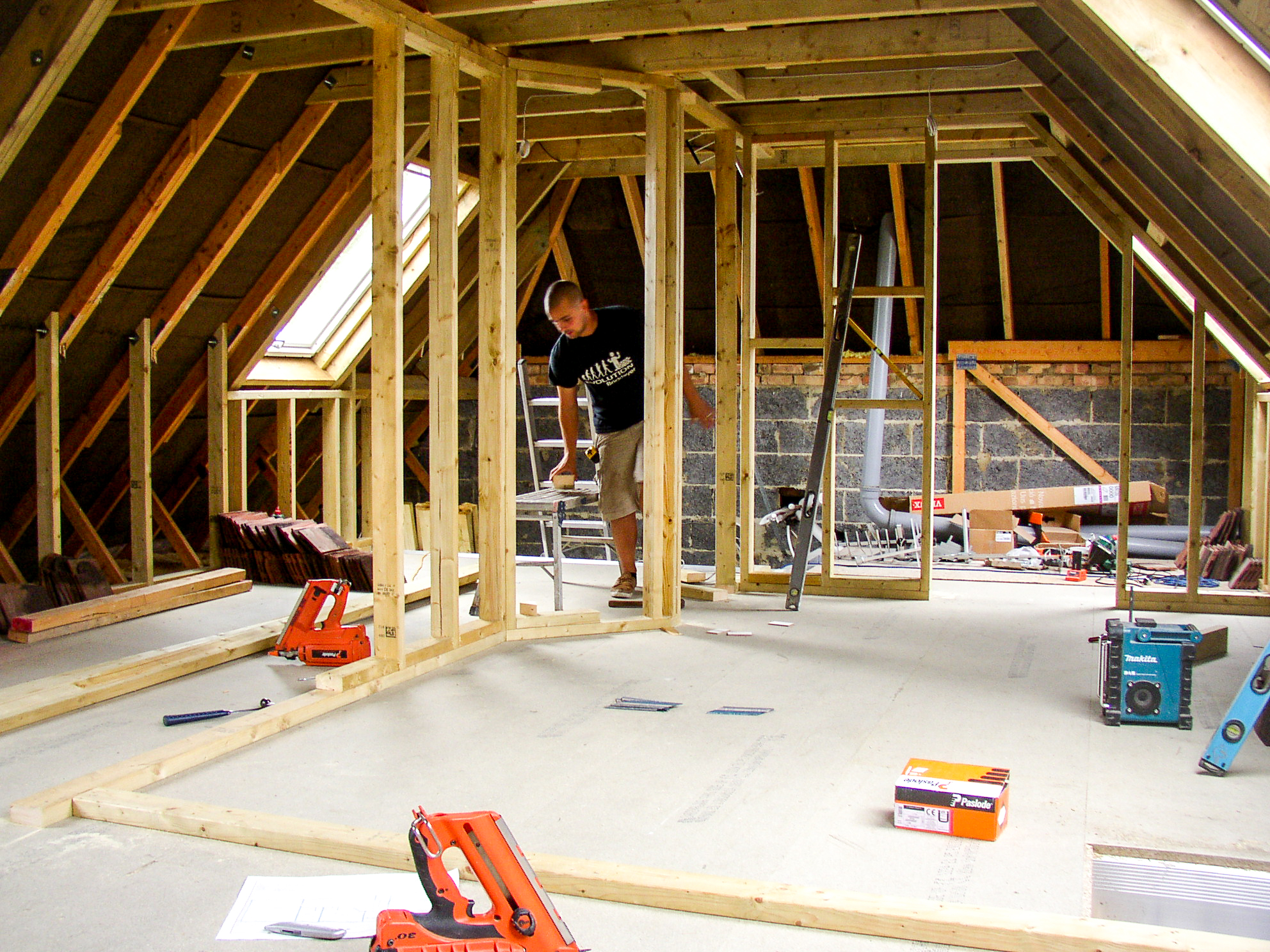How long does a loft conversion take?
How long does a loft conversion take?
Lofts are frequently underused. Either they are left empty, or they are crammed full of junk you could probably live without. Converting your loft into a home office or extra bedroom not only puts this space to better use: it could increase the value of your home and save the expense and hassle of a move. But how long does a loft conversion take? Not all loft conversions need planning permission – so long as they are covered by your ‘permitted development rights’.

Not everyone has these. For example, if you live in a national park, you have a listed property or significant changes have already been made to your home, you will almost certainly need to gain permission before starting work. This can take from several weeks to several months, depending on objections from neighbours or local authority feedback requiring amendments. Permission may also be refused altogether, and even if it is granted, you should factor in two or three months for the process to work through.
Assuming you don’t need – or already have – permission, including a party wall agreement where relevant, work can often start as soon as you have sourced a builder. How long it takes to complete will depend on the ambition of your design.
Types of loft conversion
The simplest loft conversion is the addition of a more suitable floor to your existing loft space, a staircase to access it, and a window to let in light. You will need to consider insulation, naturally, which will likely require double skinning the roof itself, and you may want to remove some joists and replace them with suitable alternative means of support so that you’re not forever clambering over and around them. If the result fits within the original loft space and doesn’t change the external shape of your home, this kind of work will sometimes be called a Velux Loft Conversion.
Conversions that change the roof profile, by adjusting the gradient, adding dormers or building vertical walls, are more ambitious and will take more time, but they maximise the available space. Corners that are good for nothing but storage in a conversion that sticks to the original roofline will be brought into play, giving space for beds, desks and more.
Ask the experts
So, how long should the job take? It depends who you ask, but we would advise budgeting two months. “Those who have commented two to three weeks are either cowboys or chancers,” responded one contributor on a forum asking precisely this question. “To do a full loft conversion under building regs, where you have to change every door and frame (except wet rooms), maybe change lintels to satisfy load demands… an average loft will take between six and ten weeks.”
And it is also worth building in a contingency for the unexpected.
“We all know they should take four to eight weeks max,” said another respondent, “but problems can occur which can delay the job; weather, finance, people not turning up to work, design issues (leaks / load bearing stresses). You may even discover damage to property which was ‘hidden’ until one started converting the loft etc.”
Conversion specialists Loftera has broken down the timescale according to job type. “Velux loft conversions are usually completed in less than four weeks since they are one of the simplest conversion types. Depending on the overall size and roof work requirements, a dormer loft conversion may take four to six weeks to complete. Hip to gable end conversions may also take up to six weeks to complete. If the loft conversion requires a whole roof replacement as in a Mansard loft conversion, where the sloping side of your roof is changed to an almost vertical side with a flat roof on top, then the timescale to complete it could be around seven or eight weeks.”
How long does a loft conversion take?
The answer, then, is very much ‘it depends’, but pencil in up to three months – and longer if you don’t yet have plans and need planning permission or a party wall agreement. It is crucial, though, to set realistic expectations at the very outset, and to speak with a number of builders to see who has the capacity to take on the work and meet any deadlines you are targeting.
Don’t let this discourage you, though. As with the stress of moving home, once the job has been completed, you will quickly forget the work involved and the result will repay your effort for years to come.
